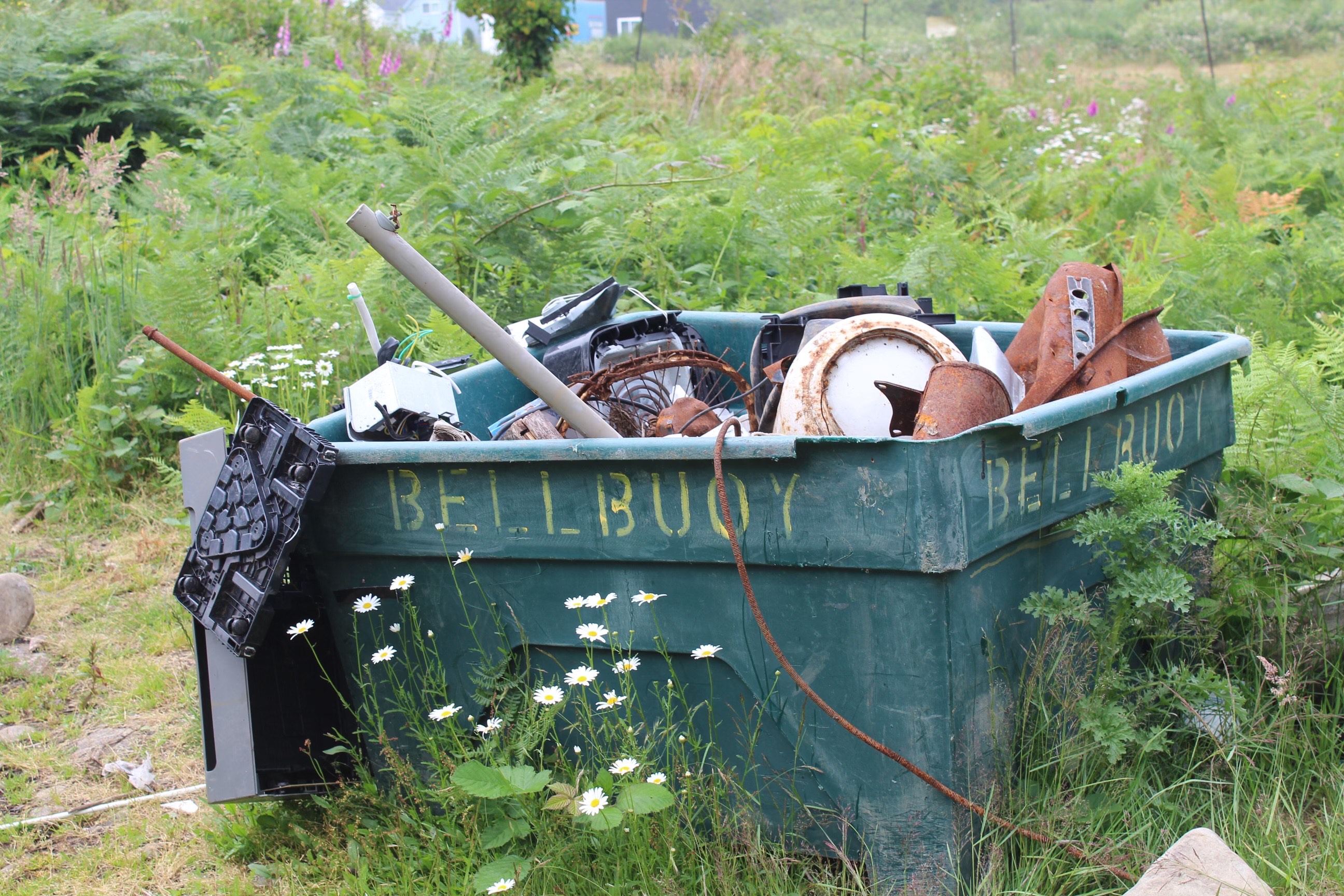Meth Cleanup Laws Leave Many Properties Unchecked
Published 4:00 pm Thursday, December 13, 2012
Josh Samter is gearing up to walk into a former meth lab located in West Salem.
“I just don’t know what’s in there, so this is the best way to protect yourself. It’s a little tricky when there is rainy and there is mud and no office to get ready in,” he said.
Samter is zipping himself into a white HazMat suit before collecting samples from a home that’s been vacant since 2002. He takes a big breath and blows on his respirator before pulling the mask tightly over his face.
Sammy Brenner OPB
Josh Samter putting on gloves before walking into a lab.
“Some of these are new that you don’t even feel like you’re wearing a respirator. You get used to it and just feel the compression of the air, it’s not bad,” he said.
Samter works for Environmental Testing & Training Northwest. Law enforcement officials report meth labs to the Oregon Health Authority.
And if a property owner wants to decontaminate it, the state requires a third party, like Environmental Testing, to test for unsafe levels of many toxins. This property in West Salem is overgrown, has trash, empty barrels and debris scattered all over the front yard.
Currently the state lists 62 properties and 270 vehicles as former meth labs that need to be cleaned.
But the statutes that govern the drug cleanup program in Oregon only address drug manufacturing sites. They do not address properties where methamphetamine was used.
Rob Bovett is the District Attorney in Lincoln County. He says properties where meth has been used can also pose significant hazards.
“What is problematic is the smoking of meth in a closed small environment repeatedly over an extended period of time, and you can essentially build up small amounts of methamphetamine on surfaces and on carpets and in couches to the point where other people coming in later are going to get secondary exposure to methamphetamine much like it would be if they were in a meth lab environment.”
Bovett helped write legislation that made it much more difficult to manufacture meth in Oregon.
Pseudoephedrine is one of the key ingredients in making meth. Oregon made it a behind the counter drug in 2004 and later made the drug available only with a doctor’s prescription. The change caused the number of meth labs in the state to decline.
Brett Sherry is the Program Manager for Healthy Homes and Schools at the Oregon Health Authority. Every meth lab in Oregon that is found and reported by law enforcement ends up on his desk. He describes the health hazards of meth residue.
“They have headaches and coughs and a whole string of symptoms. You can actually come into contact with the stuff and get serious burns on your skin,” Sherry explained.
Sherry says it’s hard to characterize standard symptoms of meth exposure because they can differ from person to person.
“We get a lot of phone calls from the public who basically run through the whole gamut of they can’t figure out why they aren’t feeling well. They kind of walk through this check list of what could it be. Is it mold, is it the lead paint, is it radon is it all these environmental factors and they usually wind up on my phone and say hey, maybe it’s a drug lab.”
If a property is not reported as a drug lab, Bovett says it’s difficult to pinpoint the meth residue users might have left behind. That makes it hard to figure out whether a property should be tested.
“How can we tell whether a room was subject to 2 or 3 people smoking once or twice vs. a room where literally dozens of people smoked for years on end? There is a big difference in the level of toxicity in those two environments. One isn’t dangerous and the other one is. How do we define that danger and that hazard? And I don’t have an answer to that.”
Sherry, of the Oregon Health Authority, says there may be a lot of properties that would test positive for meth residue that do not fall under state requirements for meth lab cleanup or testing.
If you tested every rental property for meth there may be a good chunk of properties that test over state clean up standards and there aren’t any requirements under the current statutes to require any type of clean up. There is no legal enforcement that they do so.,” Sherry said.
Bovett says he would want to test for the presence of meth before moving into any home or rental. But he says it would be a huge undertaking for the state to require testing on every property.
“Do we require landlords and property owners to do that affirmatively even if they don’t really have a suspicion that their property was used as a meth lab site? That’s a big step, and that of course will cost at lot of money, but is that something we can impose on a landlord as a uniform state law? I’m not sure about that.”
Back in West Salem at the former meth lab, Adam Blagg explains that users often camp out in properties even after they’ve been deemed uninhabitable. Blagg is a state-certified contractor. His team comes in and decontaminates meth labs after they’ve been tested. This property was deemed unlivable ten years ago. But he believes it housed a number of people after that designation, in several huts and sheds along a fence line.
“People were living in them, there were mattresses. It looks like something you would see in a third world country, not here. Not below a vineyard in Salem.”
There may be many contaminated properties that state cleanup laws don’t cover. But even those properties that are subject to the meth lab cleanup laws provide plenty of work for contractors like Blagg. Officials believe they find only about one in 10 meth labs.
This story originally appeared on Oregon Public Broadcasting.









